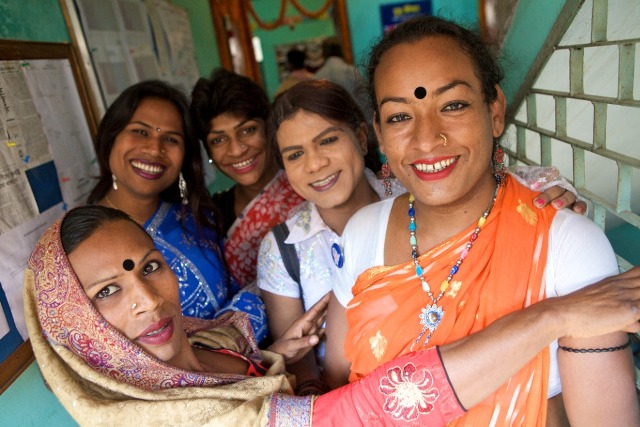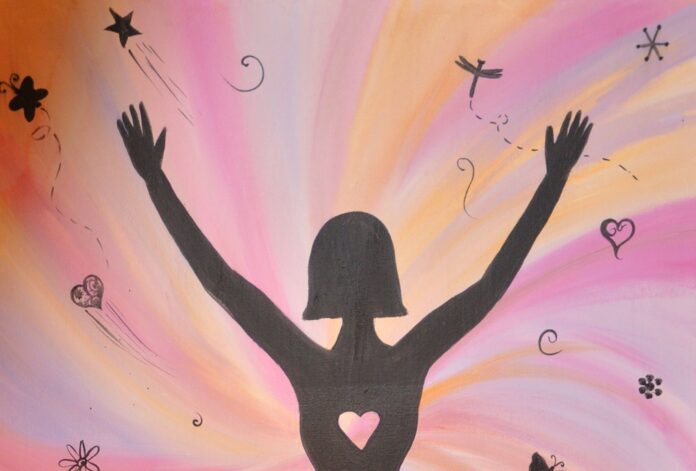The Fifth Green Industry Conference has opened in Bangkok with a strong focus on the opportunities green growth could yield for businesses and emerging economies.
Organised by the United Nations Industrial Development Organisation (UNIDO), together with the United Nations Economic and Social Commission for Asia and the Pacific (ESCAP), and the support of Thailand’s Ministry of Industry, the three-day Conference will explore how the green industry can create jobs and economic opportunities to diversify the economy, while decreasing resource dependency and pollution.
In his opening remarks, UNIDO Director General Mr. LI Yong said the core mission of UNIDO in Thailand has never been more relevant, “UNIDO’s systems and approaches in support of inclusive and sustainable industrial development are fit for the future, and the growing commitment to expand UNIDO’s partnership with Thailand speaks for the trust placed in the Organisation.”
Officer in Charge of ESCAP Mr. Hongjoo Hahm underlined the importance of the circular economy in advancing the Sustainable Development Goals (SDGs) in Asia and the Pacific, where SDG indicators show remarkable progress on the economic and social fronts, but poor performance towards achieving the environmental targets.
“We must work together to address these environmental challenges, to meet mitigation measures, and to do better for life on earth, life below water, and for our future,” said Mr. Hahm. “Asia will still grow. We will still achieve our social objectives. But the food, water, energy nexus is not a convenient choice, it is an absolute necessity. The solution is regional cooperation, and pursuing a circular economy that must be driven in the next stage of our economic growth paradigm.”
Mr. Uttama Savanayana Minister of Industry, Thailand emphasised that Thailand has attached the highest priority to sustainable development. He said the government has stressed the importance of putting these principles into practice and highlighted several key green industry projects and programs currently underway, including green mining, productive eco-designs and eco-standards.
Over 400 participants will gather in Bangkok this week, including high-level government officials, representatives of the private sector, industry associations, academia and civil society to discuss how the concept of green industry helps countries achieve multiple development objectives in the context of the 2030 Agenda. Speakers from around the world will participate in sessions on the themes: green industrial policy, resource management and the circular economy, greening businesses and supply chains, clean technologies and innovative business models, and building green industry infrastructures of the future.
Held first in 2009, the Green Industry Conference is the premier global conference on green industry trends and practices organised every two years by UNIDO and partner organisations. Previous conferences were held in Ulsan, Republic of Korea (2016); Guangzhou, China (2013); Tokyo, Japan (2011); and Manila, Philippines (2009). The aim of the Conference is to scale-up and mainstream green industry policies, methods, and techniques throughout developing and transition-economy industries.
One of the key Conference features this year is an exhibition, which will run in parallel with the Conference, and will provide an opportunity for corporations, small and medium enterprises and academic institutions to showcase their knowledge, innovations and progress on various aspects of inclusive and sustainable industrialisation.




















